The Everest, Escape, EcoSport, and Explorer, over tough terrain in the Philippines
Exactly 50 per cent of my blood and bone is from the Philippines.
During a much simpler time, the Philippines was where my parents met. Mum eventually elected to leave her family and friends behind to come to New Zealand with Dad, and the rest is history.
I can recall trips back there to see family, requiring us to crowd as many people as we could into taxis. Our best number was nine I believe -- driver not included. These antics are a common sight there. People are often shoehorned like sardines into local jeepneys and sidecars; the most dispensable forced to crouch on the roof and cling for dear life.
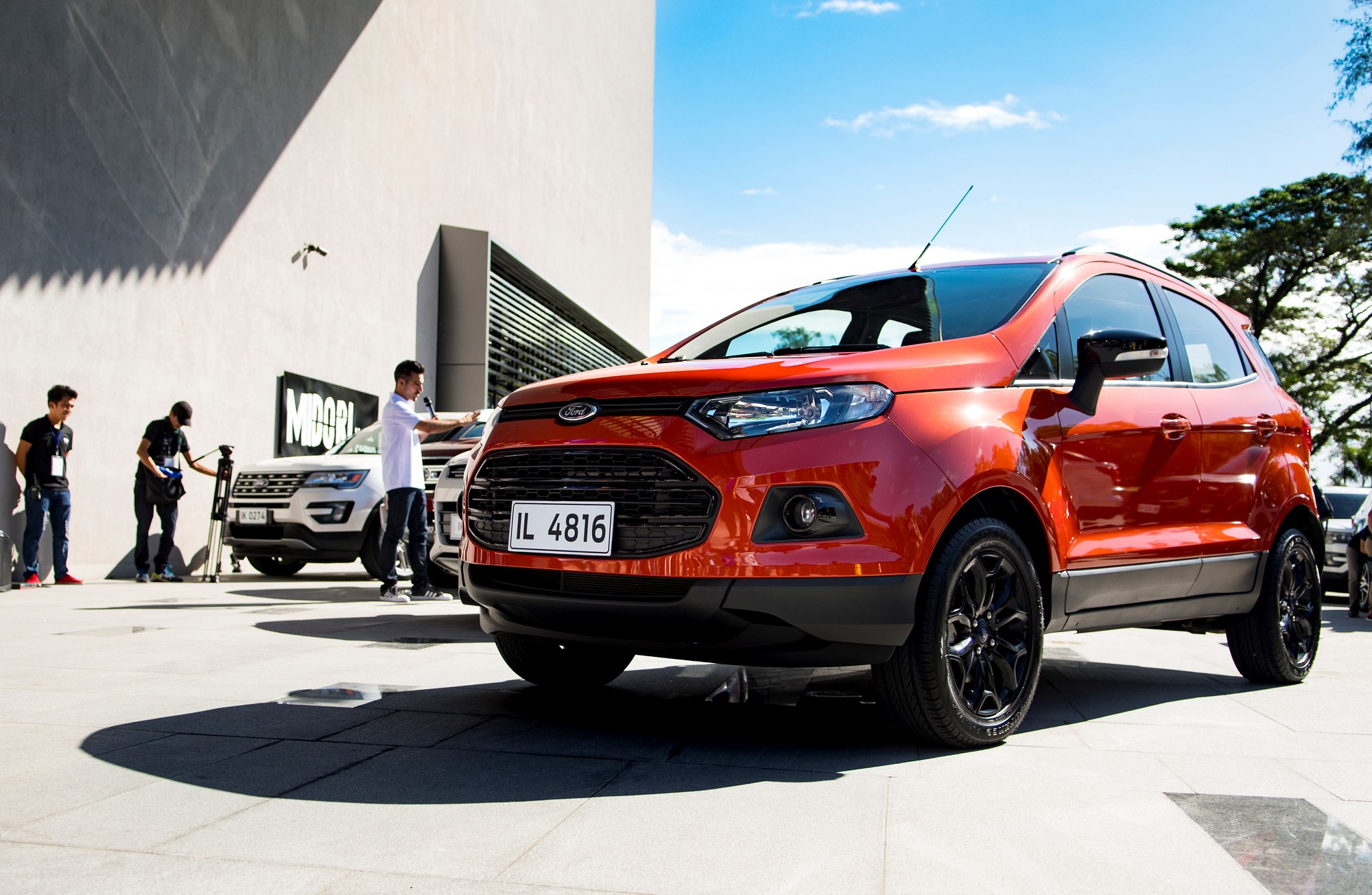
The Philippines doesn't seem like a natural fit for a car launch. It's a country rarely associated with the automotive world.
More than a quarter of the population reportedly live below the poverty line and the roads are rougher than a night on Queen St. But the more we absorbed the surroundings, the more this endeavour made sense.
Ford had flown out a selection of scribes and scribblers to the Philippines to test four of its SUV platforms; the Everest, EcoSport, Explorer, and the Kuga (which will, thankfully, soon be known as an Escape on our shores).
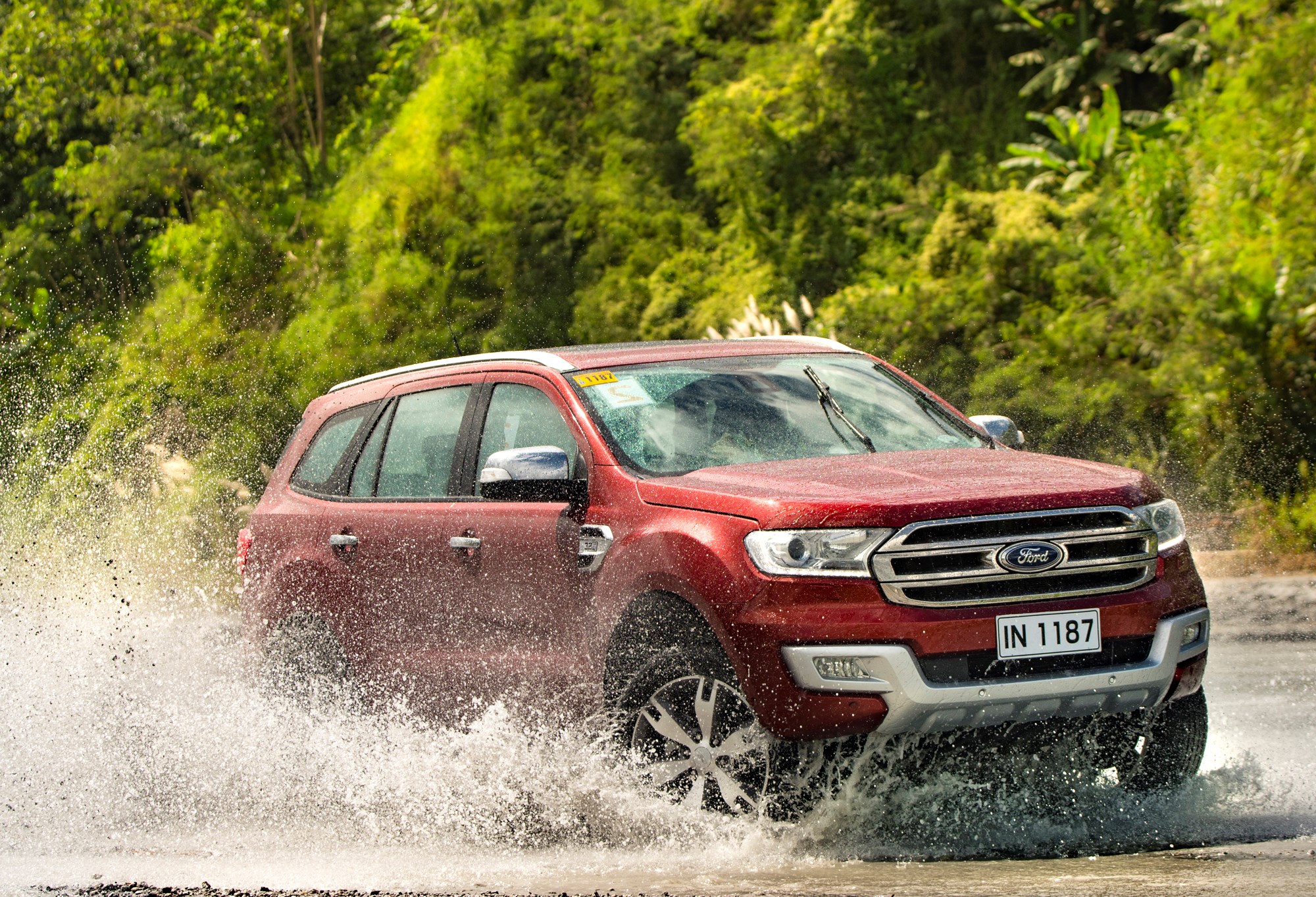
SUVs and crossovers such as these make sense to own in the Philippines, more so than any other kind of vehicle.
The combination of space and luxury gives both practical and cultural value (you've got to keep up with the Joneses over there), and those aforementioned rough roads are the perfect terrain for proving an SUV's ability.
And of all the manufacturers to have brought us here, it's the blue oval; a brand as American as apple pie. Given the nation's long association with the United States, for better and for worse, it was rather poetic.

We would be based in Clark, less than 100km from the nation's capital. The area is most well-known for its airport, which was once a United States military facility.
Its usage peaked during the Cold War, but when that ended in 1991, everyone upped and left. In the blink of an eye, a bustling pillar of Western influence became a ghost town. Some people left their cars, like old Chevy Silverados and Ford Econolines, which you can still see in the surrounding area, largely beaten up and forgotten.
Seven days later, the nearby Mt Pinatubo erupted, killing 847.
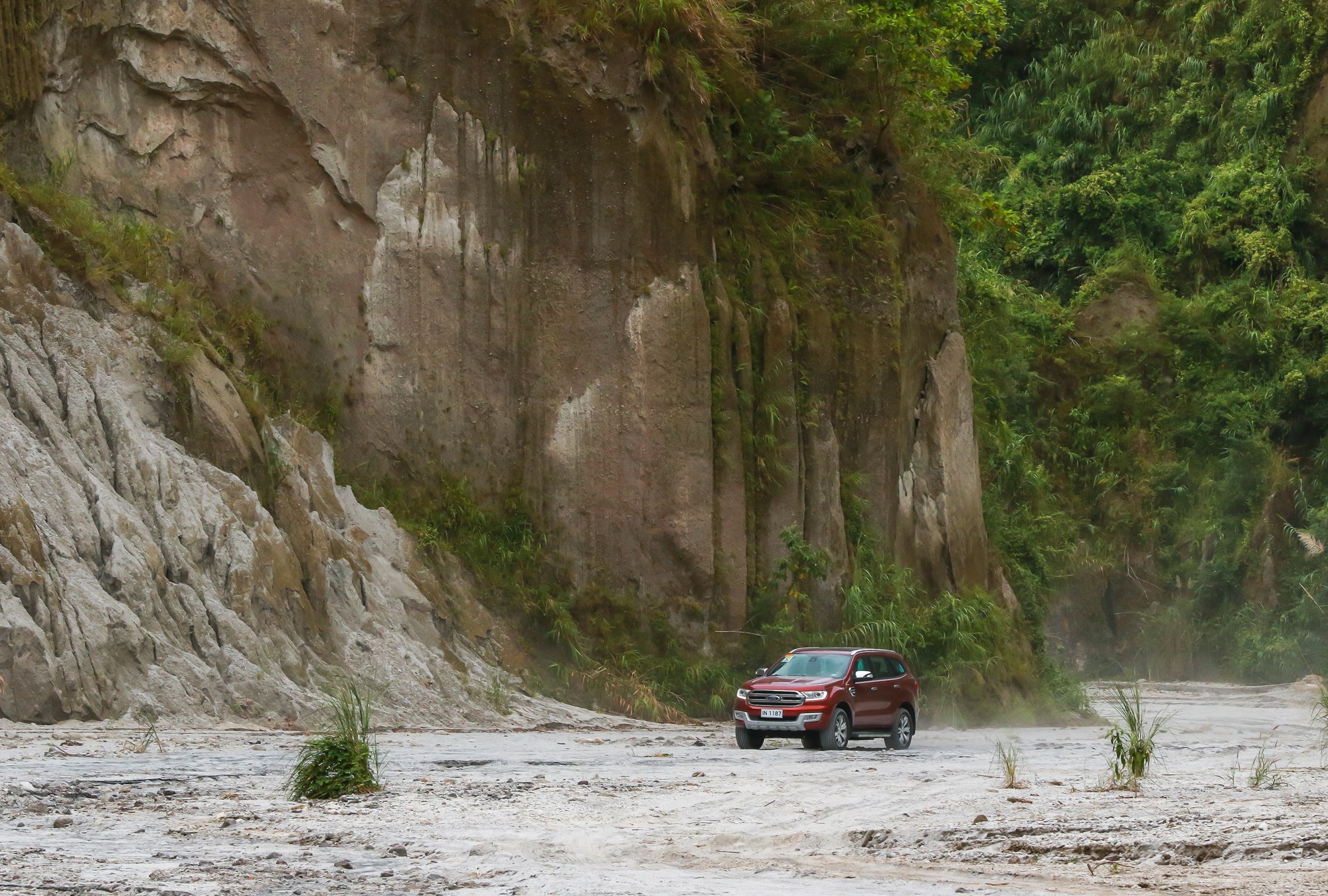
The base of the mountain now resembles an overturned bowl of noodles from above. Deep black trails carved into the lahar-smothered earth squiggle their way down the mountain towards the neighbouring villages — juxtaposed by explosions of thriving green forest.
It makes for a chillingly beautiful sight, and also an ideal spot to test the chops of any off-roader; which was exactly what we did via the Titanium-spec Everest.
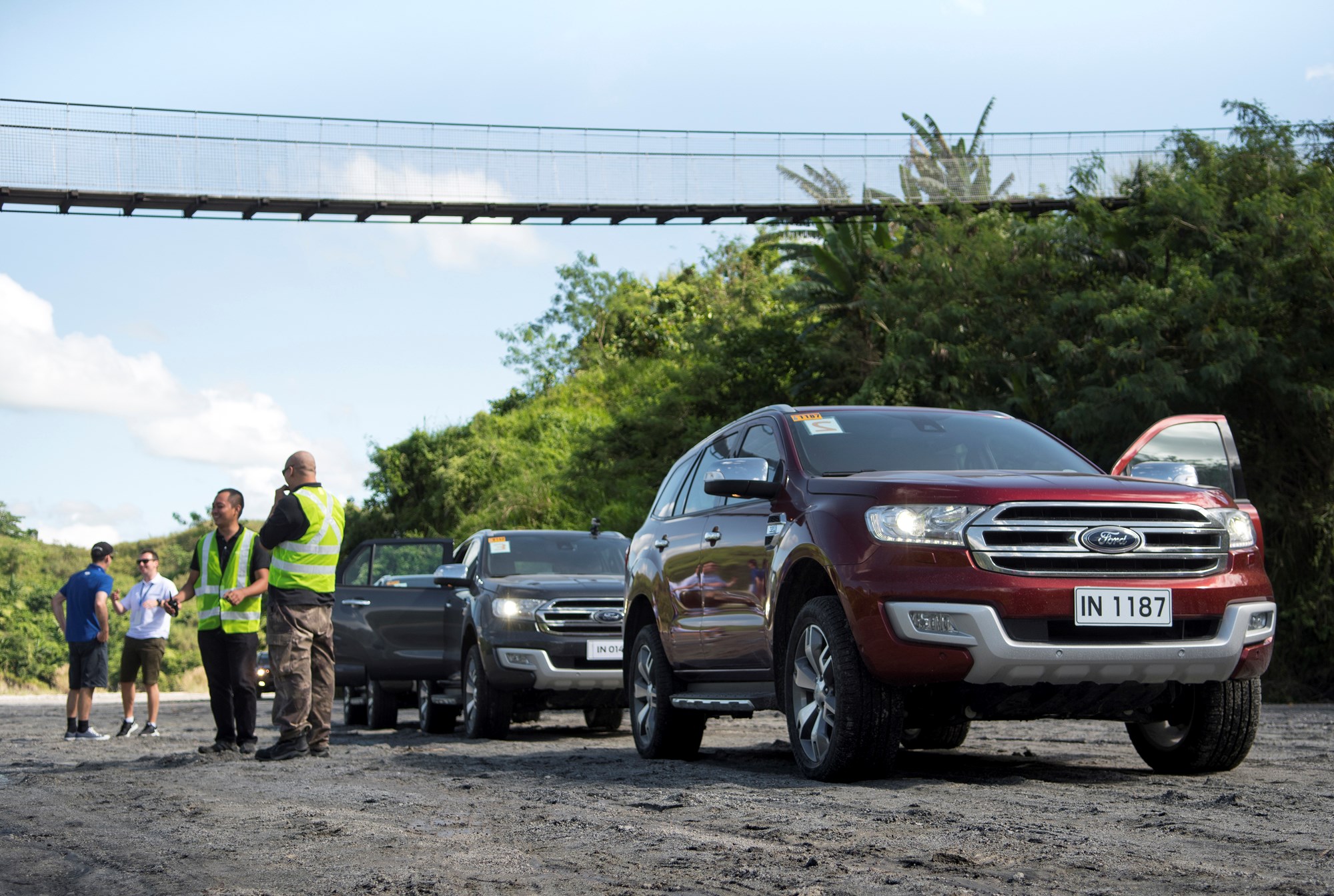
Both the Everest and the Ranger, on which it's based, have quickly become darlings of their respective segments. The Ranger, with its macho looks and credible abilities, was lauded for knocking the Toyota Hilux off the top of the New Zealand ute sales charts. The Everest has been applauded for its technology and, ironically, the way in which it doesn't feel like a Ranger.
Naturally, the Everest impressed us all. Through the brittle roads and tight backstreets, it was as quiet and refined as anything else in its segment, and on the lahar beds and rutted inclines surrounding Mt Pinatubo, it was a true athlete. This was to the point that even a nitwit like me could feel like an off-roading hero.
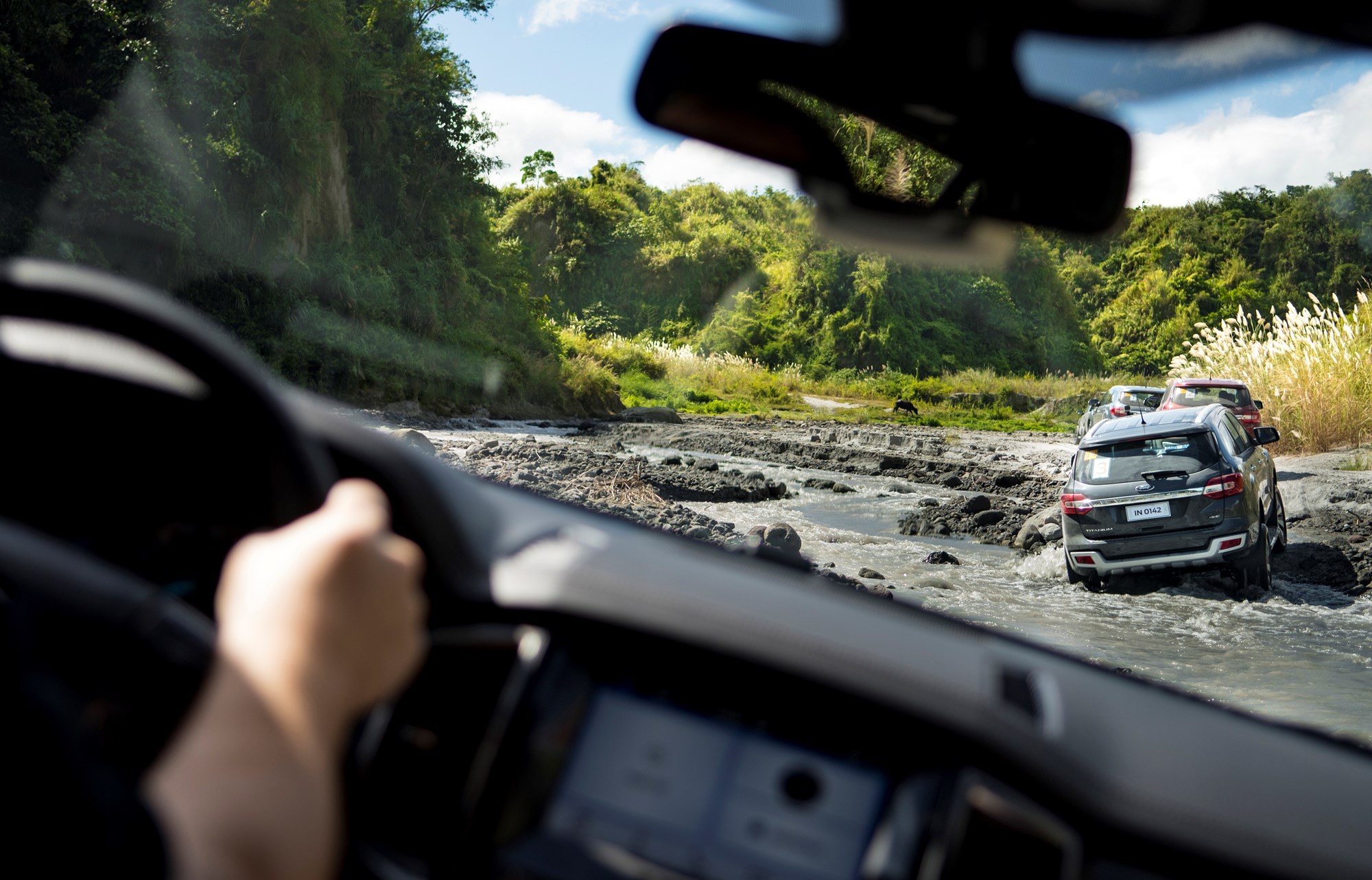
Much of that links to the rear-differential lock as well as the clever Terrain Management System (TMS), which helps drivers swap among a host of different driving modes with just a twist of a dial.
Much of our stint with the Everest was spent playing with the gravel, rock, and sand modes — each of which came with unique characteristics, helping send power to the wheels in a variety of ways. Combined with the 3.2-litre five-cylinder turbo diesel, the Everest made light work of the trek.
The EcoSport and Kuga that followed were both relatively long in the tooth (with a new model Kuga, now branded as the Escape, already popping up in Kiwi showrooms), but that didn't prevent them from also making an impression.
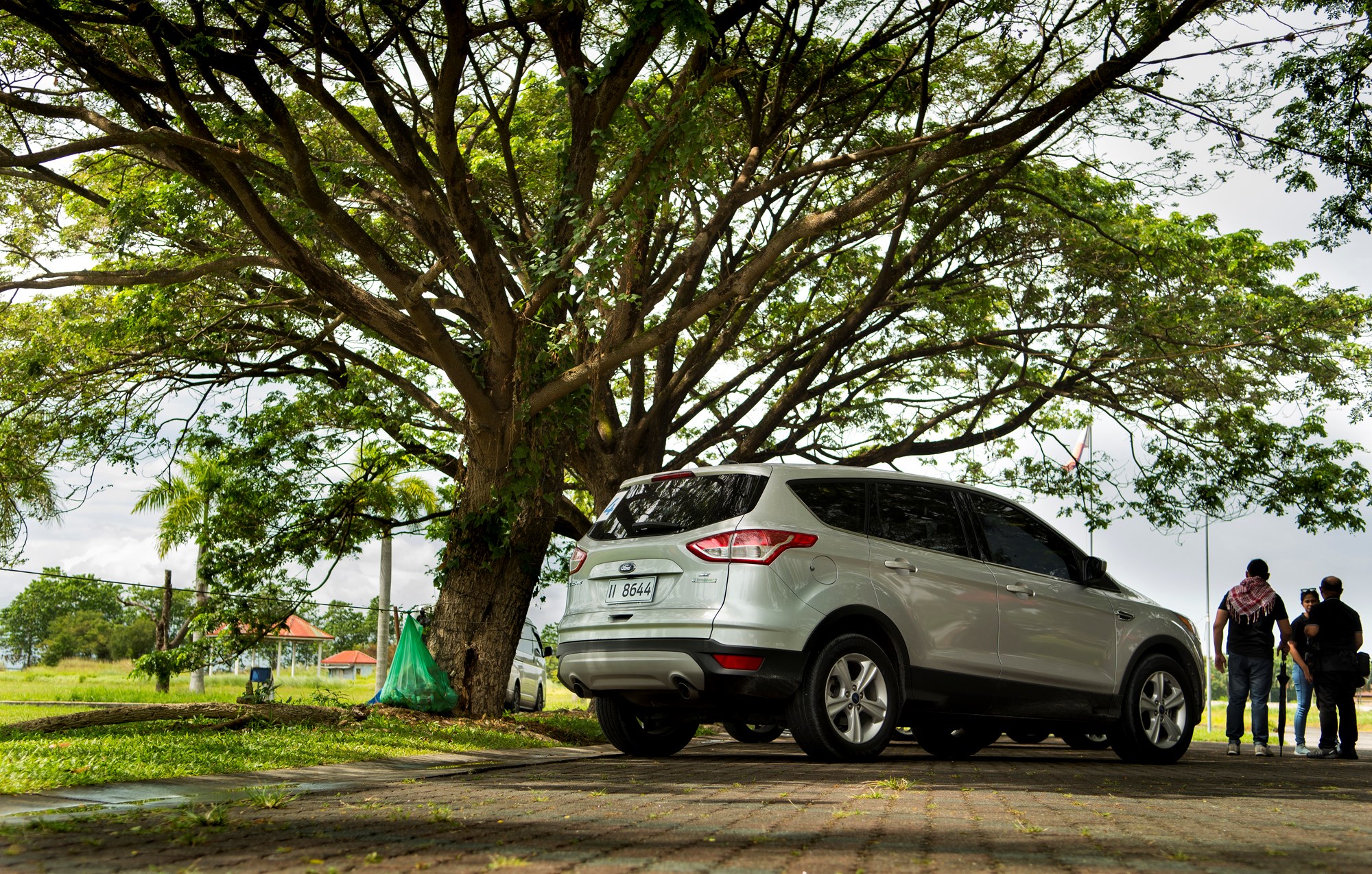
The EcoSport compact crossover feels a little bit token next to the other three cars here, with its little 1.5-litre four banger and front-wheel drive format. However, it quickly gained popularity for how easily it could be whipped around the densely populated cityscape. It also wins my heart for whacking the spare tyre on its boot lid, something I wish more of its opposition would do.
The Kuga (our Escape) meanwhile was the weapon of choice for a tour to the emerging community of Lakeside, and even our base-model variant proved to be a more than adequate cruiser. Although that didn't stop one of the other crews in our group from nearly rolling theirs down a hill.
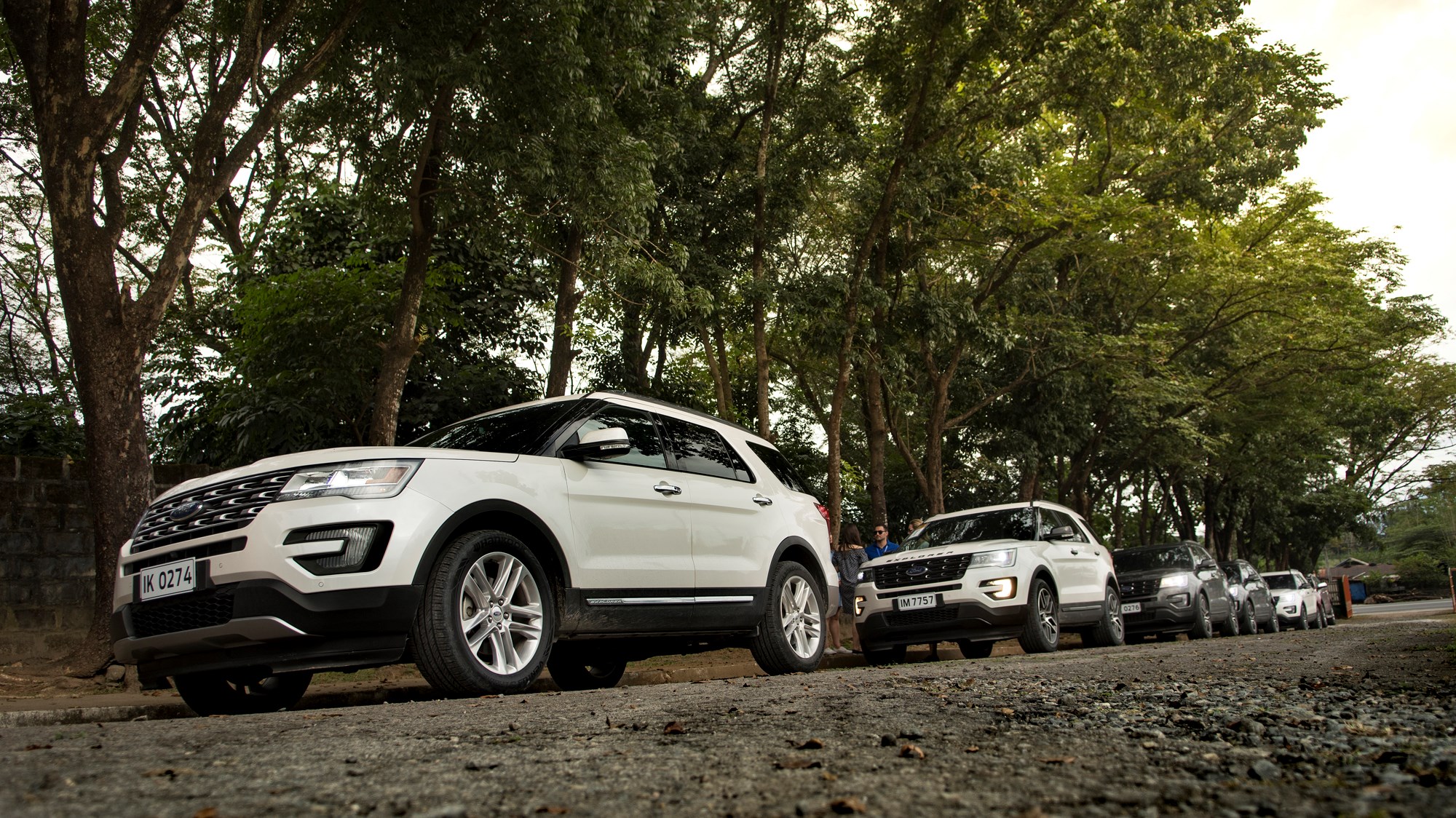
But it wasn't the EcoSport, Kuga, or even the Everest that I wanted to drive again. That title instead belonged, surprisingly, to the enormous Explorer.
It's been 12 years and two generations since New Zealanders were last able to buy Explorers at home, and I don't think anyone's really crying about it. But maybe we should be, because the current fifth-generation Explorer we tested was a delight.
Sure, some of the interior panel gaps were bigger than Texas, but the lovable brute more than made up for it with its blend of quiet and smooth commuting when desired, and punchy performance from the charismatic 3.5-litre V6 power plant when required.
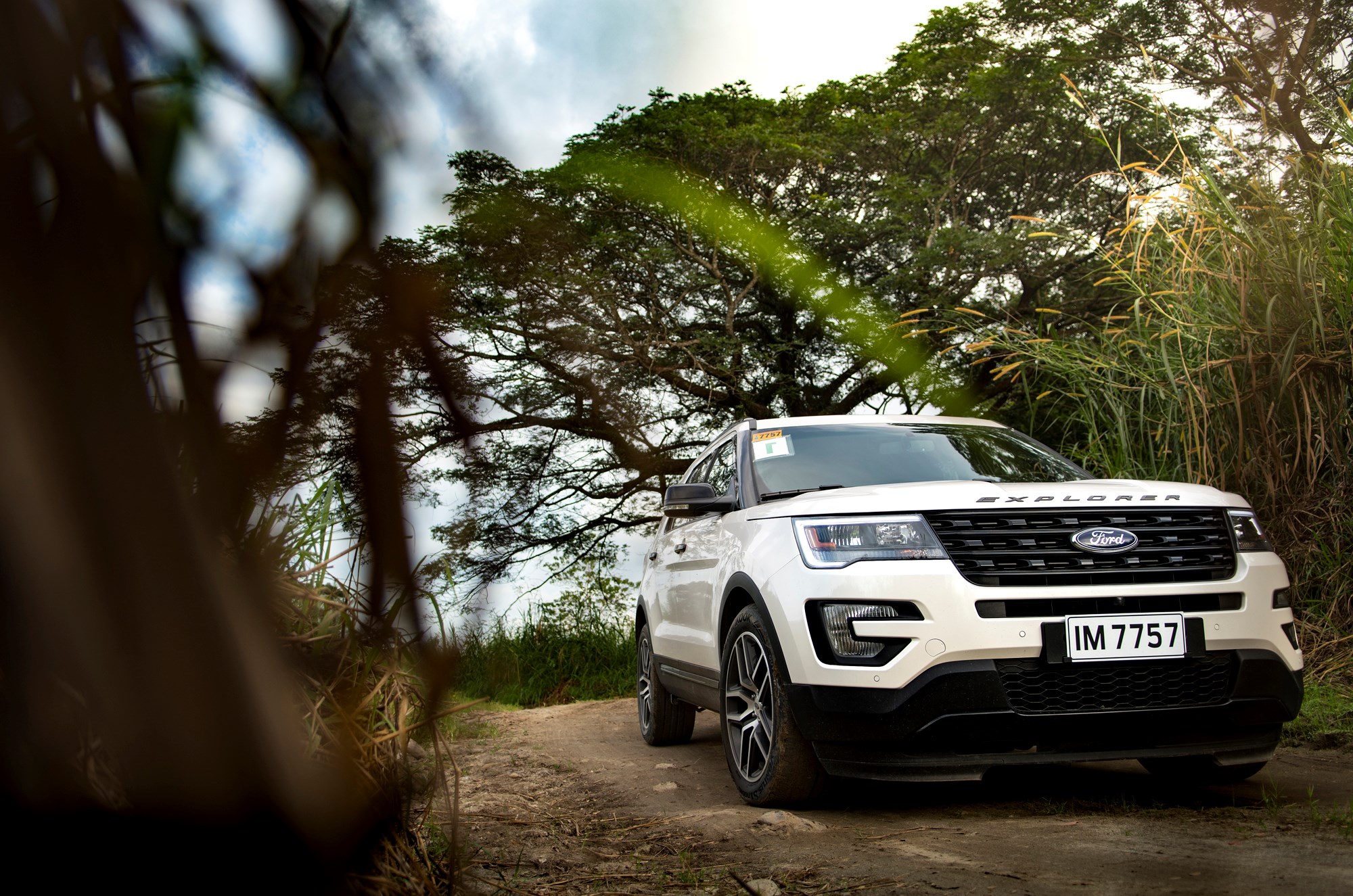
Sadly, the Explorer is set to remain a forbidden foreign fruit for Kiwis. It was also the final car we sampled on our two-day mission to explore as much of the Philippines as possible. The trip ended with a drive to a local resort. It was just a few hundred metres from civilisation, but you would never know it -- something to value when you consider that you're sharing the space with a population of almost 100 million people.
Locations like these are the ones that inspire. And it's good to know that there are companies still building cars capable of getting you there.























